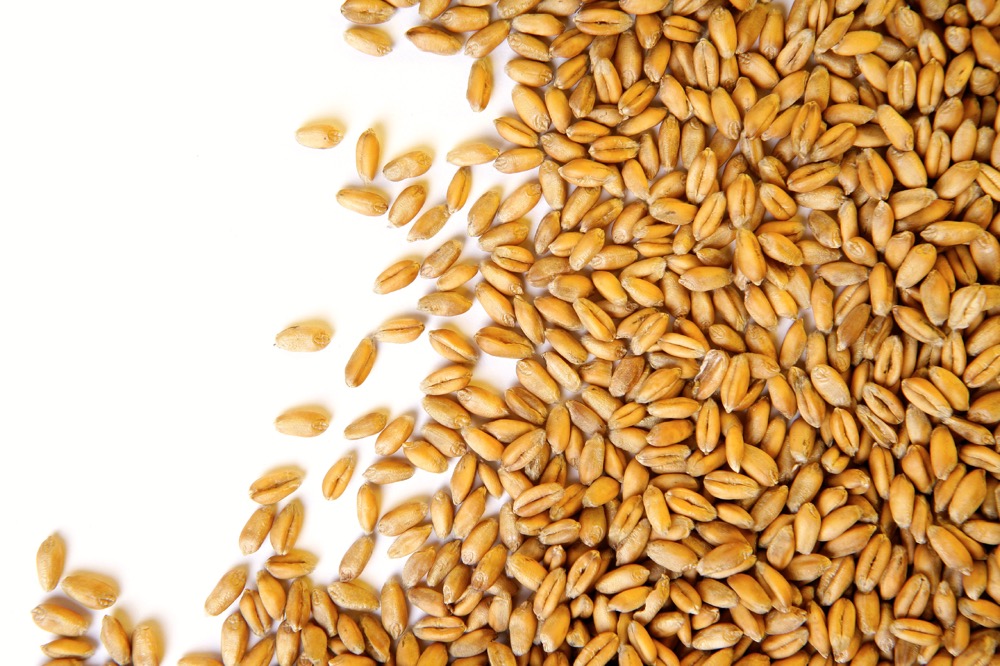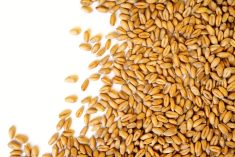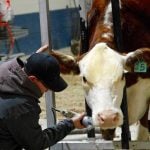Western Canadian feeder cattle prices were $2-$4 per hundredweight (cwt) lower last week as feeding margins fell further into red ink. Fed cattle prices in Alberta were also $2-$3/cwt lower trading in the range of $111-$112/cwt.
Feedlot operators have endured a prolonged period of negative margins, which is starting to weigh heavily on the feeder cattle market. Buying interest for grass cattle also eased last week due to adverse weather across the Prairie region.
Barley prices edged higher, trading at $287 per tonne delivered in the Lethbridge area, and the volatility is not over with the 2012-13 carryout dropping to pipeline levels by the end of the crop year.
Read Also

IGC raises 2025/26 world wheat crop forecast
The International Grains Council has raised its forecast for 2025/26 global wheat production with crop outlooks upgraded for Russia, the United States and Argentina.
Backgrounding operators are also struggling in the current market environment. Heifers weighing 600 pounds last fall at $142/cwt are now priced at $115/cwt weighing 850 lbs. in southern Alberta.
Finishing operations are pulling in the reins and with the weak deferred live cattle futures, the replacement market is functioning to encourage demand through lower prices. History lessons are starting to circulate through coffee shops, because feeder cattle prices are usually near five-year lows when feedgrain prices are near five-year highs.
I mentioned last week that the prolonged winter in the major-population regions of Canada and the U.S. has resulted in lower beef demand. A slow start to grilling season has retailers worried that higher-end cuts will sit longer on the shelf with additional discounts or promotions needed to move product. Wholesale beef prices have come under pressure and it appears the expected seasonal strength is but a dream from past years.
U.S. feedlot placements during February were reported at 86 per cent of year-ago levels. Despite the lower supplies, the market has a hard time justifying higher values in the short term, with feedlots facing uncertain future profitability. There is no equity cushion from preceding closeouts and there is a lot of head-scratching going among all feedlot operators. I’ve seen a few smaller feedlots in southern Alberta “pushed in” for grain production and industry wonders if this is a sign of a trend. The feeder market is in the midst of a storm that will likely last until new-crop feedgrains come on the market.
— Jerry Klassen is a commodity market analyst in Winnipeg and maintains an interest in the family feedlot in southern Alberta. He writes an in-depth biweekly commentary, Canadian Feedlot and Cattle Market Analysis, for feedlot operators in Canada. He can be reached by email at [email protected] for questions or comments.












